The following is a conversation facilitated by Wingspace Theatrical Design between arts activists Genevieve Beller, co-founder of Costume Professionals for Wage Equity, and Elsa Hiltner, co-founder of On Our Team. The two organizations recently collaborated to bring wage transparency to the online job boards at Playbill and Broadway World and have since turned their attention to Backstage.com.
Genevieve Beller: Elsa, why do you hate the arts? Don’t you want them to survive?
Elsa Hiltner: The industry is structured to ask that question when people work to change it. Right?
Genevieve: Mm-hmm.
Elsa: Or for artists and workers to be mad at each other for speaking out. People are either not doing “enough” because they are continuing to work with the bad players in the industry and maintain the status quo, or they’re doing “too much” and causing trouble. This is one way exploitation and abuse keeps happening because when workers address it, it’s easy for the story to become about how they are the problem. No. That’s not the problem at all. The problem is the theatre, and often the leader, who created the issue. None of it is the fault of the folks with the least power in the system.
Genevieve: That’s part of the scarcity model where the theatre is always in danger of not existing and it’s your fault as an artist as opposed to their responsibility as a business. Now the excuse for poor compensation is the pandemic. But before it was the 2008 recession, or “Oh, the pipes burst” or “Our wealthy donors are dying off.”
I’ve literally heard that one, “Our wealthy donors are dying.” But they put that on the artists. Why is the answer to their lack of financial stability to sacrifice ours? Where is the agency involved in finding new funding models? Especially after the recession. The world no longer works on the model where you can have more of those wealthy donors—you didn’t even need to be wealthy to keep a theatre afloat thirty, forty, or fifty years ago because the United States was a little bit better off in terms of having and giving more.
Elsa: I don’t know how you feel about your organizing path, but I feel like I’ve gotten a little deeper every single time. It started with: I have a responsibility and it’s about labor equity, and then it became: I have a responsibility and it’s about pay equity. And then: we all have a responsibility and it’s about capitalism and the scarcity mindset.
Genevieve: I don’t know that I have necessarily felt a responsibility. I try not to tap into that “fear obligation guilt” mindset. But my organizing path is very much a result of digging deeper. I remember when I was younger, working at a regional theatre, looking around and seeing all of these women who were at retirement age who couldn’t afford to retire. They had medical bills from just normal aging, but also from how much this industry breaks your body down, from this culture of not giving ourselves the time or the resources to take care of our bodies or our mental health.
The attitude when you’re starting out is, “I’m not going to be one of those angry shop ladies. I’m going to go to the gym,” because it must be their fault that they’re unhealthy and angry. Then you dig a little bit deeper and find out they’re all one financial disaster away from abject poverty, or maybe they’re already there and just not talking about it. Then you look closer and find out that’s not the case for everybody in the organization. Those people who can afford to retire and go to the doctor, are they just better at this than you are? And you just keep going deeper and deeper and then it clicks: “This is systemic.”
Elsa: And you realize it’s like this in every single company you’ve worked at so far.
Genevieve: Yeah. When we started Costume Professionals for Wage Equity, it was because of seeing all this imbalance in costume departments. But then we talked to sound designers, lighting techs, interns, etc., about how they are manipulated or underpaid or overworked. It’s endemic.
Are you tired yet?
Elsa: I mean, yeah. I don’t know if you do the same with your organizing, but I tend to find the one thing I can do and just do that. I don’t really think about the big picture more often than I have to, because if I do, it’s completely overwhelming.
I think people mostly want to do the right thing when it comes to pay equity, but often they don’t know how to do it, and on top of that people generally believe themselves to be right. So it can be hard to tell them, “No, actually what you’re doing is harmful and here’s why.”
Why is the answer to their lack of financial stability to sacrifice ours? Where is the agency involved in finding new funding models?
Genevieve: And then you have the people who see that you know what you’re doing and that you can fix everything. We’re so used to saying “yes and” in this industry, and it can be very overwhelming to have these sessions of “yes and, yes and”—it can ultimately lead to getting exhausted into inaction.
Elsa: Or spread too thin. For instance, our coalition of Costume Professionals for Wage Equity and On Our Team have the Backstage.com pay transparency campaign running right now. On Our Team is working on launching the Pay Equity Standards this fall, and individually I am interviewing foundations about pay equity. We’re a small group of people so we really need to choose where to put our energy.

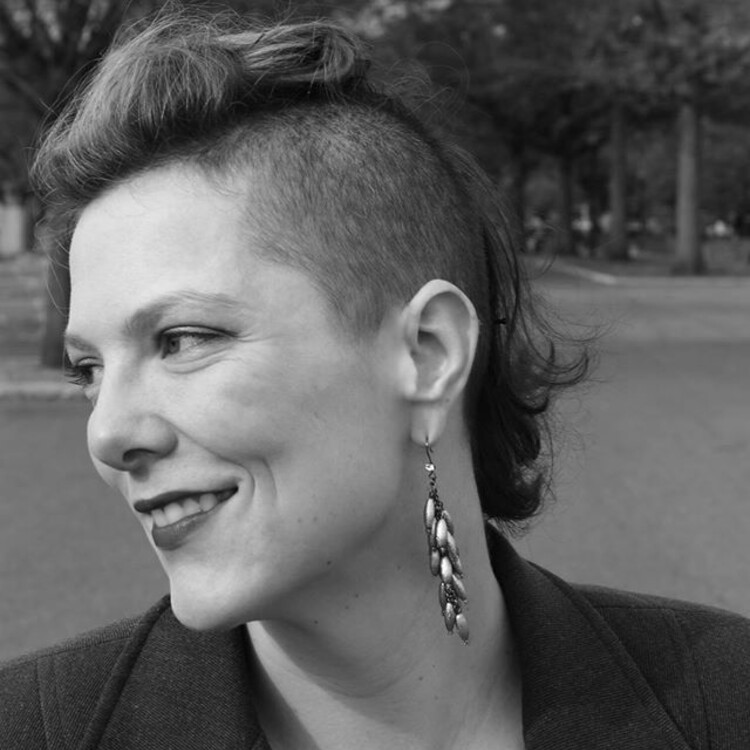
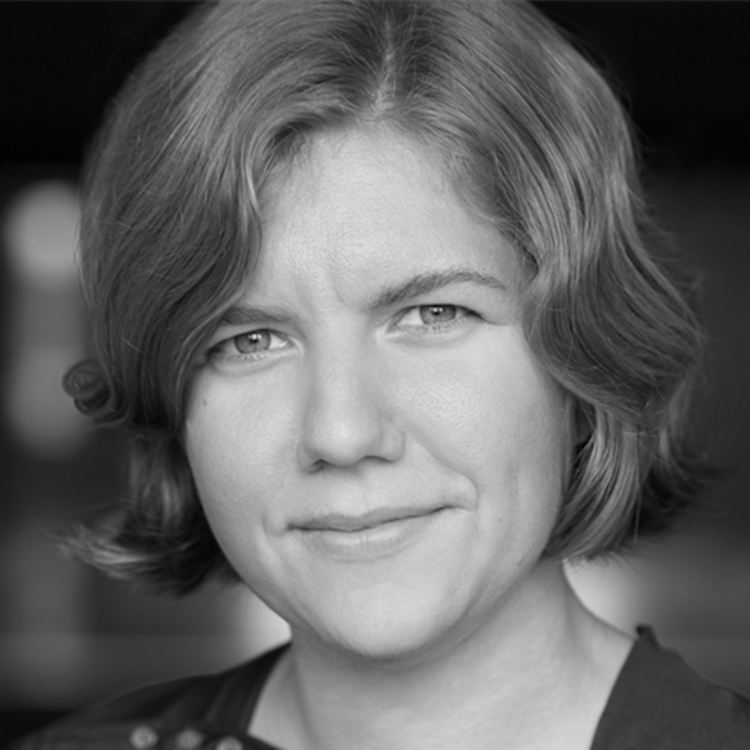


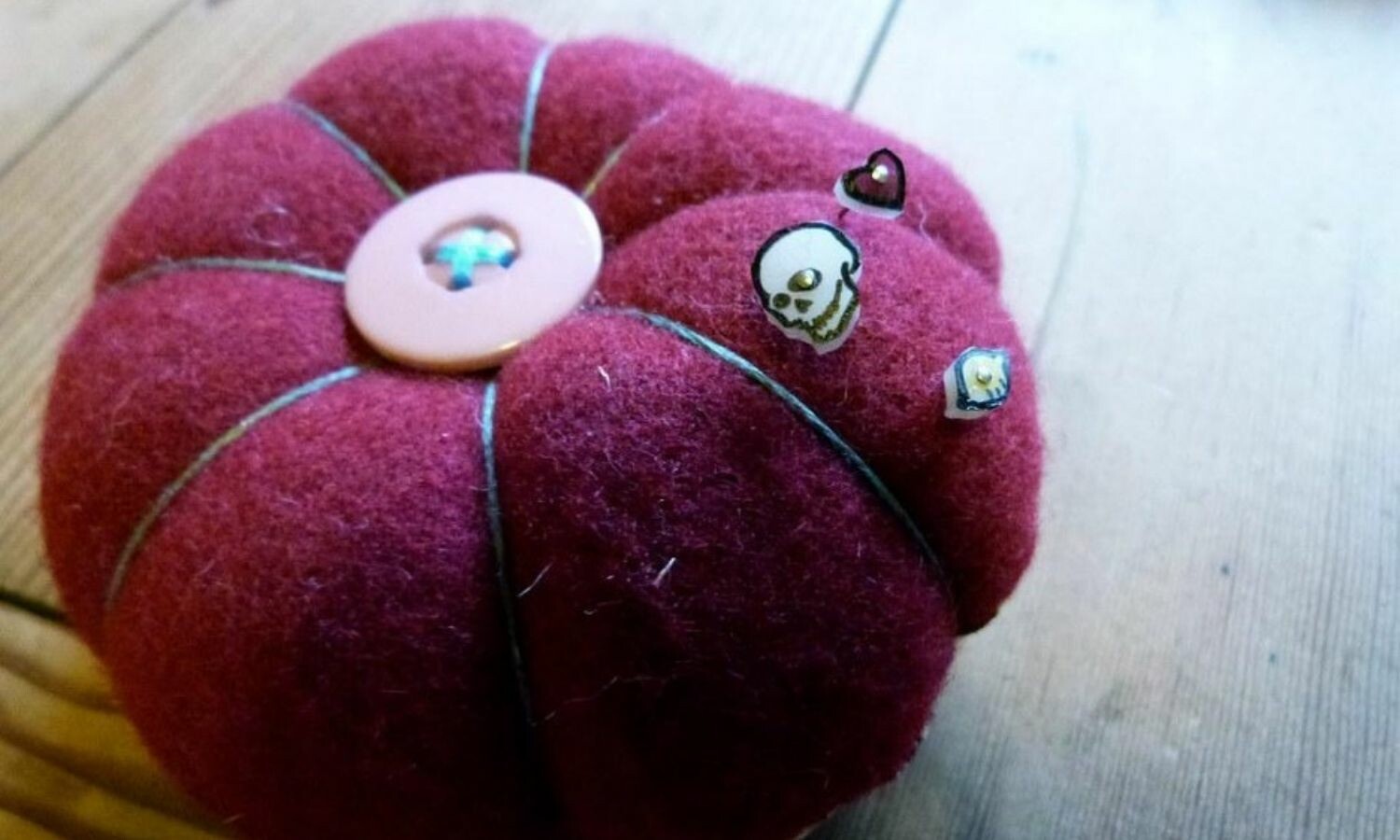


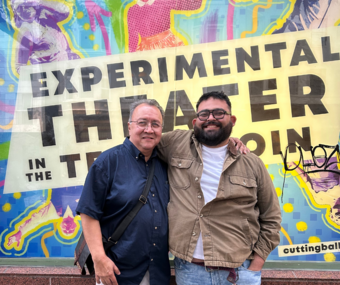





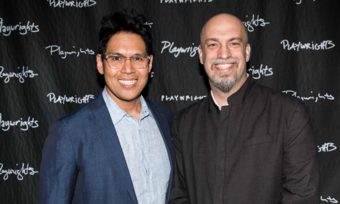


Comments
The article is just the start of the conversation—we want to know what you think about this subject, too! HowlRound is a space for knowledge-sharing, and we welcome spirited, thoughtful, and on-topic dialogue. Find our full comments policy here